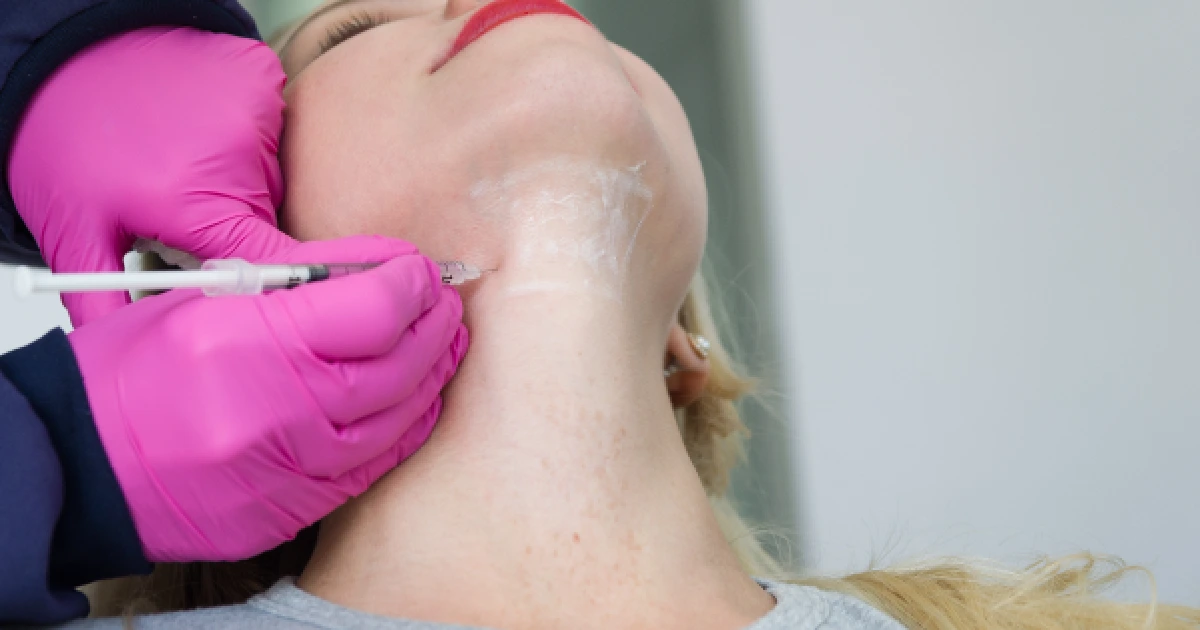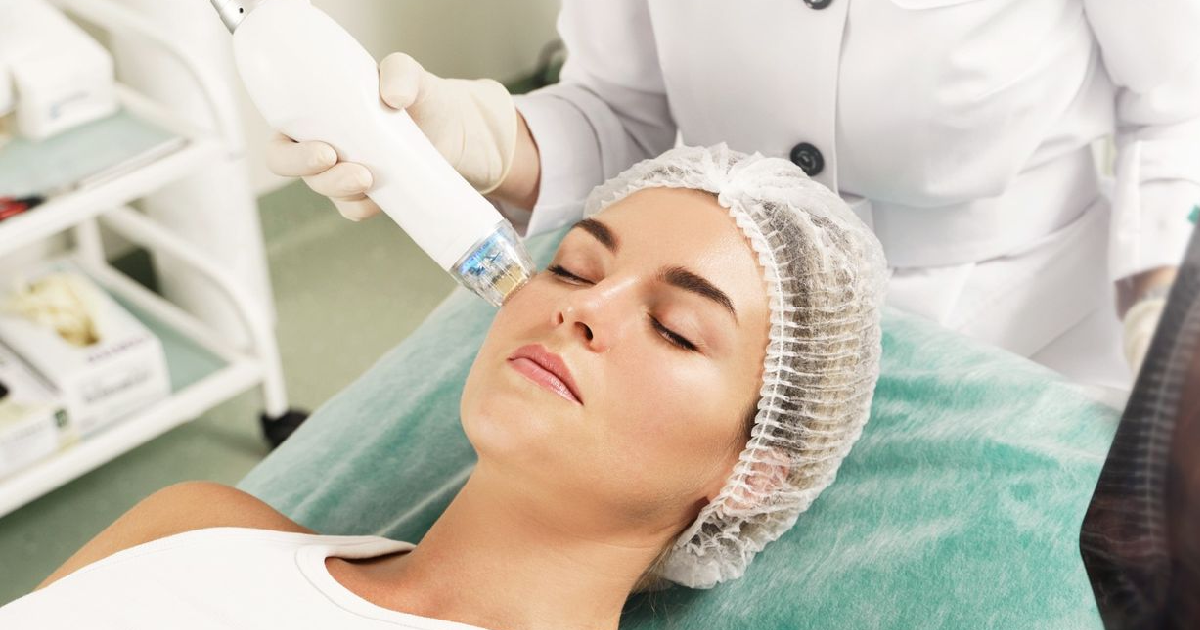When considering tattoo removal, potential clients often first ask about the cost of the procedure. Various factors influence the price of tattoo removal treatment, and understanding these can help you make informed decisions. Whether you’re looking into tattoo removal in Northborough, MA, or elsewhere, this guide will provide insight into what contributes to the cost of removing a tattoo.
Factor #1: Size and Complexity of the Tattoo
The size and complexity of a tattoo are crucial factors that influence the cost of tattoo removal. Larger tattoos obviously cover more area and therefore require more time and laser resources to treat, which naturally increases the cost. Additionally, the complexity of a tattoo—encompassing aspects such as shading, layering of colors, and intricate design details—can also affect the removal process, as more detailed work requires greater precision and longer treatment times.
Complex tattoos that feature a mix of colors and intricate designs require advanced laser settings and possibly different types of lasers to effectively remove each component. The level of detail can significantly complicate the removal process, as fine lines and shading react differently to laser treatment than solid blocks of color. Accordingly, a tattoo that is both large and complex can be substantially more costly to remove due to the increased effort and number of sessions required to achieve clear skin.
Factor #2: Color of the Tattoo
The hue of a tattoo significantly impacts the complexity and expense of its removal. Various ink colors absorb distinct wavelengths of laser light, influencing their ease of breakdown and removal. Since black and dark blue inks efficiently absorb all wavelengths of laser light, they are typically easier to remove, often requiring fewer sessions and lowering the overall cost.
Conversely, lighter and more vibrant colors such as greens, yellows, and fluorescent hues present a greater challenge for removal. These colors often require lasers that operate at specific wavelengths suited to target each particular pigment effectively. As a result, tattoos with multiple colors or resistant hues generally require more treatment sessions, leading to an increase in the overall cost of the removal process.
Factor #3: Type of Tattoo Removal Technology
The type of technology used in tattoo removal has evolved significantly, largely divided into categories based on the laser’s pulse duration: nanosecond and picosecond lasers. Nanosecond lasers, such as the traditional Q-switched lasers, have been the standard for many years, using bursts of energy measured in nanoseconds (billionths of a second) to break down the ink particles in the skin. These lasers are effective for a broad range of ink colors and depths, making them a versatile choice for tattoo removal.
More recently, picosecond lasers have emerged as a newer technology that delivers energy in even shorter bursts – picoseconds (trillionths of a second). This advancement allows for a more efficient breakdown of ink particles, often reducing the number of treatment sessions required and improving the removal of resistant ink colors and finer tattoo details. Although picosecond lasers can be more expensive in terms of initial cost and treatment pricing, their ability to target difficult inks and reduce treatment times can offer long-term savings and better results for patients.
Factor #4: Age of the Tattoo
The age of a tattoo greatly influences both the difficulty and cost of its removal; older tattoos are generally easier and less costly to remove because the ink particles degrade and fade over time from sunlight exposure and the body’s natural metabolic activities. As a result, older tattoos often require fewer laser sessions to fully remove, which can reduce the overall cost of the treatment.
In contrast, newer tattoos feature ink that is typically denser and more vibrant, making them more resistant to laser treatments. The ink in newer tattoos has not yet undergone significant fading, which means it can absorb laser energy more effectively and requires more sessions for complete removal. Consequently, the relatively recent age of a tattoo can lead to
Factor #5: Skin Tone
The skin tone of the individual undergoing tattoo removal also plays a significant role in the complexity and cost of the procedure. Lasers target the contrast between the ink and the skin, so the greater the contrast, the more effectively the laser can remove the tattoo. For individuals with lighter skin, this contrast is typically higher, making it easier and often less costly to remove tattoos because fewer sessions are generally required.
Contrarily, tattoo removal on darker skin tones can be more challenging and potentially more expensive. Darker skin has a higher natural absorption rate for laser energy, which heightens the risk of skin damage if not managed cautiously. This requires the use of specialized lasers and settings that minimize harm to the surrounding skin, often leading to more frequent but less intensive sessions, thereby potentially increasing the overall cost of the treatment.
Factor #6: Ink Depth and Density
The depth and density of the ink used in a tattoo significantly influence the difficulty and cost of its removal. Deeper ink placement and higher ink density create a more challenging scenario for laser treatment because the laser must penetrate further and more powerfully to break down the ink particles effectively. This often necessitates more sessions, as each session can only safely and effectively target a certain depth without damaging the surrounding skin.
Moreover, tattoos with high ink density, such as those with solid black areas or bold colors, absorb more laser energy, which can complicate the removal process. These types of tattoos require careful adjustment of the laser settings to ensure that the ink is adequately targeted without overexposing the skin to laser energy. As a result, the increased number of sessions needed to remove dense and deeply embedded tattoos can significantly elevate the overall cost of tattoo removal.
Factor #7: Location of the Clinic
The geographical location of the clinic is a significant factor affecting the cost of tattoo removal treatments. Clinics located in urban areas or regions with a higher cost of living, such as Northborough, MA, generally charge more due to higher operational costs, including rent, salaries, and local market conditions. Additionally, the level of competition in the area can also influence pricing, with more clinics in a vicinity potentially driving down prices due to competitive pressures.
RenovoMD, located in Northborough, MA, is a reputable clinic that offers specialized services, including tattoo removal. Situated in a prosperous area, RenovoMD’s pricing reflects the region’s high standards and affluent conditions, ensuring premium quality and service in a top-tier pricing bracket. The clinic’s commitment to utilizing advanced technology and experienced technicians ensures effective and safe tattoo removal treatments, making it a prominent choice for residents seeking professional tattoo removal services.
Factor #8: Expertise of the Technician
The expertise of the technician performing the tattoo removal is a crucial factor that influences both the effectiveness of the treatment and its cost. Highly skilled technicians, with their extensive knowledge of laser technology and skin physiology, are able to tailor treatments to the unique requirements of each tattoo and skin type. This expertise can lead to more effective removal in fewer sessions, potentially reducing the overall cost despite higher per-session rates.
On the other hand, less skilled technicians could need more sessions to get the same effects because their inexperience could lead to less effective treatment regimens and laser settings. Additionally, the risk of complications such as scarring and skin discoloration is higher when treatments are conducted by less skilled individuals. Hence, opting for a technician with proven expertise and qualifications often translates into a safer, faster, and ultimately more cost-effective tattoo removal process.
Conclusion
Tattoo removal is an intricate procedure influenced by numerous factors, each contributing to the overall cost of the treatment. At RenovoMD, we utilize the revolutionary PiQo4 Laser technology by Lumenis to provide quick, safe, and effective tattoo removal, tailoring our advanced methods to the type, color, and size of your tattoo at our state-of-the-art treatment center. Experience the cutting-edge PiQo4 Laser technology by Lumenis, revolutionizing tattoo removal with its powerful dual pulse durations that effectively erase even the most stubborn inks, ensuring faster and safer results.



